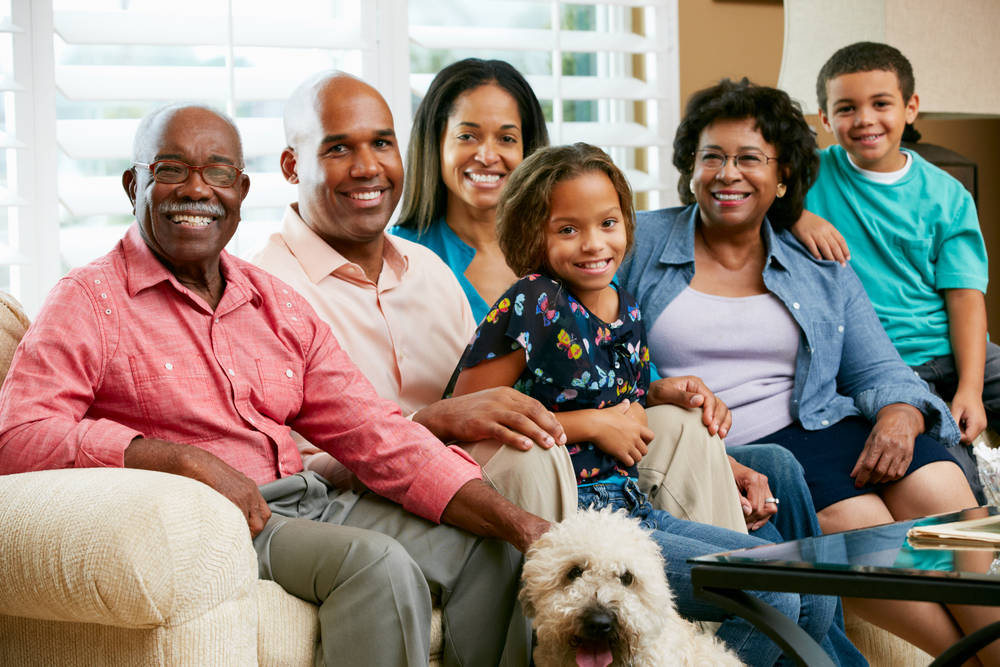Back to: PHYSICAL HEALTH EDUCATION JSS3
Welcome to class!
In today’s class, we will be talking about family life education. Enjoy the class!
Family Life Education

Personal, school and community health
It is essential to maintain good health, especially to teach people how to maintain personal, school and community health. Good personal, school and community health improves the overall productivity of people who become less prone to falling ill and contracting diseases.
The family plays a vital role if good health is to be achieved. A family is a basic social unit consisting of parents and their children, considered as a group.
Meaning and types of family
A family is a social unit of two or more persons related by blood, marriage, or adoption and having a shared commitment to the mutual relationship. It can also be defined as a fundamental social group in society typically consisting of one or two parents and their children.
There are different types of family, and they are based on the presence of fathers, mothers, children, and relatives. The following is a description of different types of family.
1. Nuclear family:
This is the traditional type of family structure. This family type consists of two parents (father-male, and mother-female), and children. The nuclear family was long held in esteem by society as being the ideal in which to raise children. Children in nuclear families receive strength and stability from the two-parent structure and generally have more opportunities for the financial ease of two adults.

2. Extended family:
This family structure consists of two or more adults are related, either by blood or marriage, living in the same home. This family includes many relatives living together and working toward common goals, such as raising the children and keeping up with the household duties. Many extended families include cousins, aunts or uncles and grandparents living together.
There are other types of families which arise as a result of circumstances such as childlessness, death, or out of wedlock pregnancy, which makes it difficult to satisfy one of the two families described above.

They include:
Single-parent family:
This type of family consists of one parent (father or mother) raising the children on his/her own. Often, a single-parent family is a mother with her children, although there are single fathers as well (in the case of death of the mother). Except for the situation of death, you should avoid a single-parent family, as it is not good the mental framework of the children.
Childless family:
This is a type of family in which the couples cannot have their own child. The childless family is sometimes the “forgotten family” as it does not meet the traditional standards set by society. Childless families consist of a husband and wife living and working together. The solution one should apply if one finds himself or herself in this situation is to go for child adoption.
Stepfamily:
This is a type of family consisting of a stepfather or stepmother and their children. It is as a result of people getting remarried after divorce or premature death of their previous couples. The stepfamily basically involves two once separate families merging into one new unit, i.e. it consists of a new husband and wife and their children from previous marriages or relationships. Step-families tend to have more problems, such as adjustment periods and discipline issues. Except in the case of premature death to a dead couple, one should try as much as possible to avoid stepfamily, by avoiding unnecessary divorce.
Duties of members of the family
A family is a place where one finds peace and love, and it is well accepted irrespective of their qualities and characteristics. In order for the family to function progressively, every member must understand and execute their duty.
The Nigerian family structure has a hierarchy where the father is the head, and the mother and children play vital roles in keeping the family together and progressive. The hierarchy in a family necessitates the need for each member to execute his/her own duty.
The following is a description of the duties of members of a family:
- Father (male): He is the head of the family and provides for the family. He makes the major family decisions together with mother and with the help of other members. He does gardening, home repairs, and even helps the mother with other activities.
- Mother (female): She manages the household chores and looks after the welfare of each family member, by taking care of the children, preparing the family budget, planning and preparing the family meals.
- Children: They help parents in doing various household chores. The children could be male (son) or female (daughter).
- Son: He helps the father in housework and repairs. This includes scrubbing the floor, fetching water, planting and watering the plants, cleaning the yard, and running errands.
- Daughter: Helps the mother in doing household chores. These include dusting and sweeping, preparing the meals, setting and clearing the table, washing dirty plates, running errands, and going to the market with mother.
In our next class, we will be talking about HIV and AIDs. We hope you enjoyed the class.
Should you have any further question, feel free to ask in the comment section below and trust us to respond as soon as possible.

I love this web
doesn’t have what I want
Thanks so much